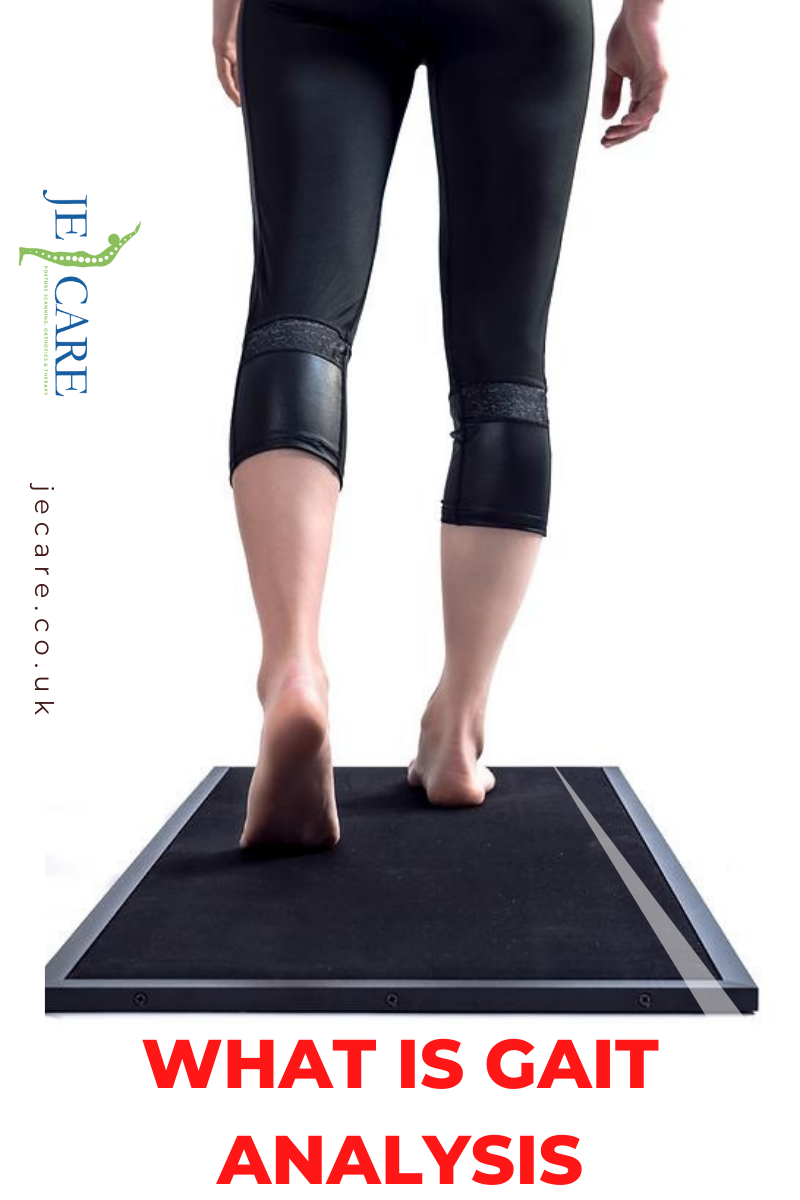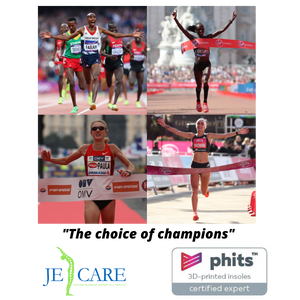
19 May What is Gait Analysis: Everything You Must Know About Gait Analysis
We employ foot gait analysis to identify biomechanical faults in your gait and recommend the best shoes or adaptations for you and your shoes. Foot gait analysis is a service offered at JE Care. Perhaps you’re aware that you’re an overpronator, even the local shoe shop has advised you to jog in stabilization shoes, but the same problems plague you season after season. You may enhance your running by implementing a training schedule that increases your speed or distance and researching excellent nutrition to ensure you’re nourishing your body correctly. However, few people do so despite the importance of looking at your running form to ensure that you’re exceeding safely and without damage.
A foot gait analysis can help with this.
What is the purpose of a gait/ foot analysis?
One of the most straightforward techniques to enhance your running is to have your gait evaluated. It provides you with crucial information about how you move and a complete grasp of improving your technique and fitness. Furthermore, foot gait analysis is among the most effective methods for determining which kind of running shoe orthotic is ideal for your feet. A gait analysis can help you better understand your running motion, biomechanics, and style. The running assessment will help you determine what kind of pronator you are and how much support you may require. There is three range of motion types, all of which are natural, and none are harmful.

What is Pronation, and what are the types?
When you land on the earth, your foot slides inward, known as Pronation. It’s a natural movement that allows you to withstand your foot’s stress and pressure, significantly impacting the floor. Pronation is measured on a scale that ranges from overpronation to neutral to tilting at the other end of the spectrum. It demonstrates how much stability your muscles provide and the support your shoes must provide.
You may choose running shoes suitable for your running style after you wonder what sort of pronator you are or decide to have a bespoke orthotic designed specifically to your foot so you can buy neutral shoes knowing your orthotic is giving the perfect correction.
Types of running
In general, there are three major types of running:
1. When the footrests on its outer border and subsequently rolls inwards, it is said to be neutral. The force is evenly distributed throughout the arch of the feet; therefore, cushioned shoes are usually recommended to enable your foot to continue doing what it’s doing.
2. Overpronation occurs whenever the foot slides inwards significantly as it lands. According to a study published in the Journal of Orthopedic & Sports Physical Therapy, it can cause a wide range of foot, knee, and back ailments, according to a study published in the Journal of Orthopedic & Sports Physical Therapy. To maintain the foot as steady as possible, you’d be advised to wear a shoe with significantly more support which is difficult at times.

3. Whenever the ankle does not roll inwards as it hits the floor, it is said to be under pronated, placing pressure just on the ankle and foot. It can cause discomfort in the ball of the foot, knee, or back and increase the risk of twisted ankles, fractures, or plantar fasciitis. A gait analysis will reveal this, and you’d be advised to consider an orthotic that supports your arches and foot.
Insoles can also aid by providing additional support and cushioning, especially if your feet are narrow. They also can help with concerns like a high foot arch, which puts a greater strain on a smaller space of the foot by giving the body a strong base.
To book a gait analysis and save £15.00 OFF your ‘foot orthotics’ appointment book here quoting code JECB42215 to your therapist.
